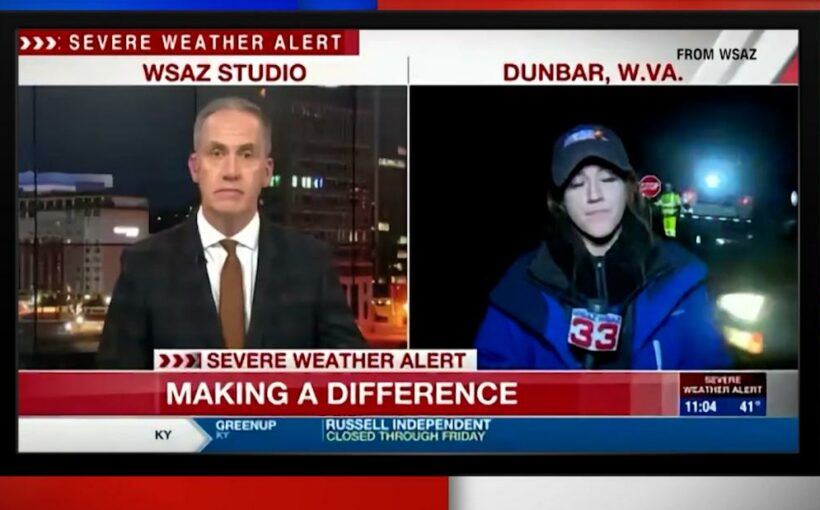(CNN Business)A version of this article first appeared in the “Reliable Sources” newsletter. You can sign up for free right here.
Last week’s frightening sight of a local TV reporter being hit by a car during a live shot is sparking conversations and calls for change.
The reporter, Tori Yorgey of WSAZ in Huntington, West Virginia, was physically unscathed. But the video has spotlighted the local TV practice of “one man bands” or “MMJs,” meaning that a single person is the broadcaster and camera operator and engineer. It means that there is no second set of eyes to intervene when an intruder is lurking or shout when a car is approaching.
This practice is obviously cost-efficient for stations, and arguably advantageous for audiences by enabling more news coverage from the field. But it stirs safety concerns for reporters and their loved ones. When the Yorgey video went viral last week, the concerns exploded into public view on sites like Twitter and simultaneously lit up private text chains and email threads among TV co-workers. Several reporters sent me examples of the group chats but were wary of being quoted. One former “MMJ” described the “sickening frustration at how reporters are being constantly demanded to do more with less and maintain the same quality of product.”
Now that frustration is reaching the public. Neeha Curtis, a former anchor in Cleveland and Dallas who started her career as an “MMJ” in Greenville, Mississippi, is running a blog for anonymous submissions from local TV journalists. It started, she said, when a few friends talked on a podcast about Yorgey’s accident and asked friends to share examples of close calls and other scary situations. “I’m well aware this won’t be good for my TV news career,” said Curtis, who is currently hunting for a new TV job. But “this is too important to stay quiet” about, she said.
A Change.org petition has also materialized in the past week. It’s fashioned as an “open letter” to the industry: “Prioritize Reporter Safety. Stop Solo Live Shots.”
The flip side
So what are the arguments in favor of one-man-band journalism? Well, Yorgey actually offered one when she spoke with CNN’s Jim Acosta last weekend. “Thousands of journalists are out there doing everything, one-man-band, one-woman-banding it,” she said. “We’re reporting, writing, editing, shooting video all on our own. And I am grateful that I had that opportunity because it’s really helped me become a better journalist, I believe.”
Swiss-army-knife-style training is a plus, to be sure. And not all live shots are created equal. During the pandemic, many journalists learned how to set up and produce their own live shots for the first time, and news outlets are better for it.
But Skyping from home is very different than broadcasting from the side of a highway. Some stations have policies about how one-man-bands should operate in the field, requiring neon safety vests in certain situations, for example. Still, last week’s accident has put additional pressure on local TV managers to prove that they’re producing the news responsibly.
As for Yorgey, she was about to depart West Virginia when the crash happened: She starts a new job at WTAE in Pittsburgh next week. She told the Post-Gazette that a conversation about TV safety standards “does need to be had,” adding, “If this changes the way the industry is designed for the better and to provide a little bit more safety, than I would be honored to just be a small part of it.”
Source: Read Full Article
